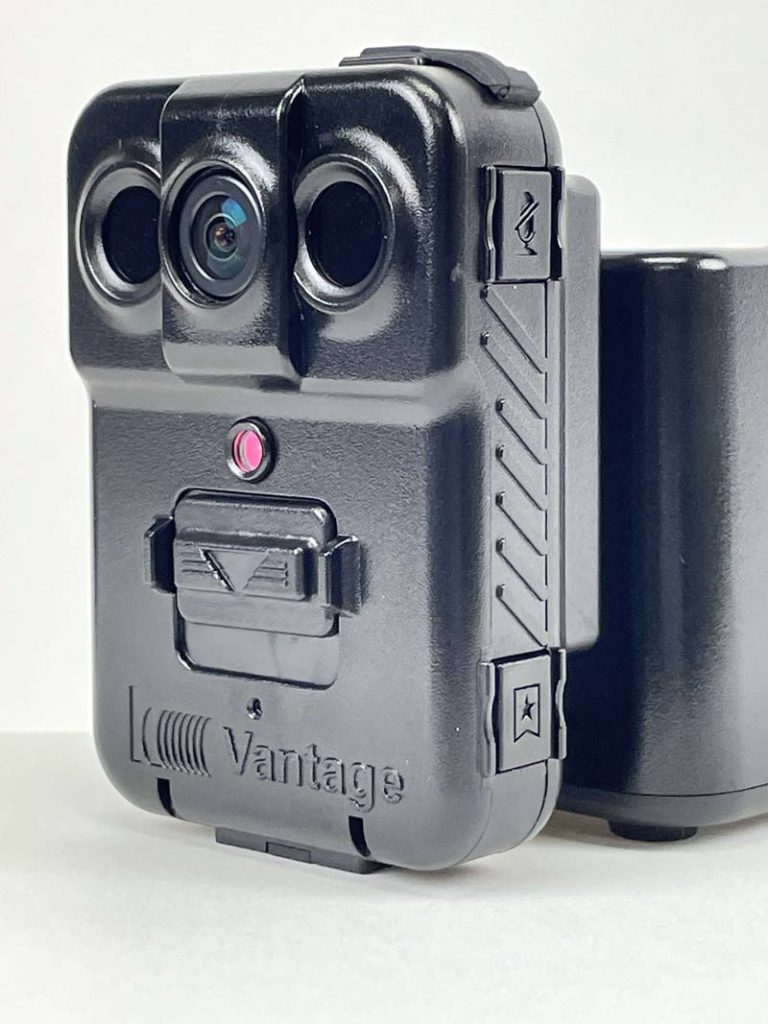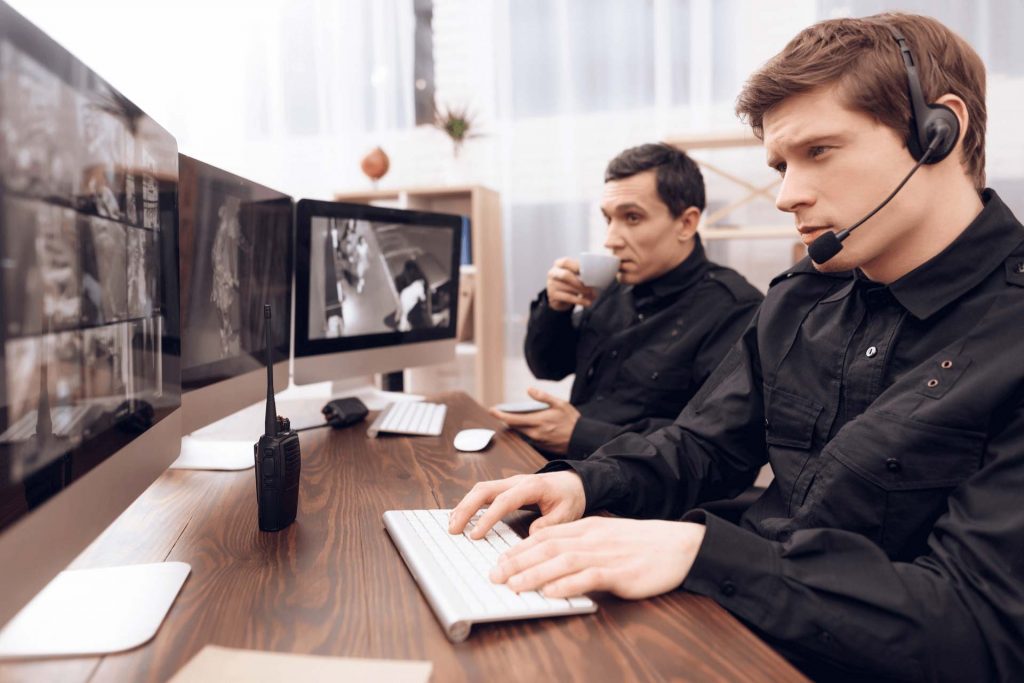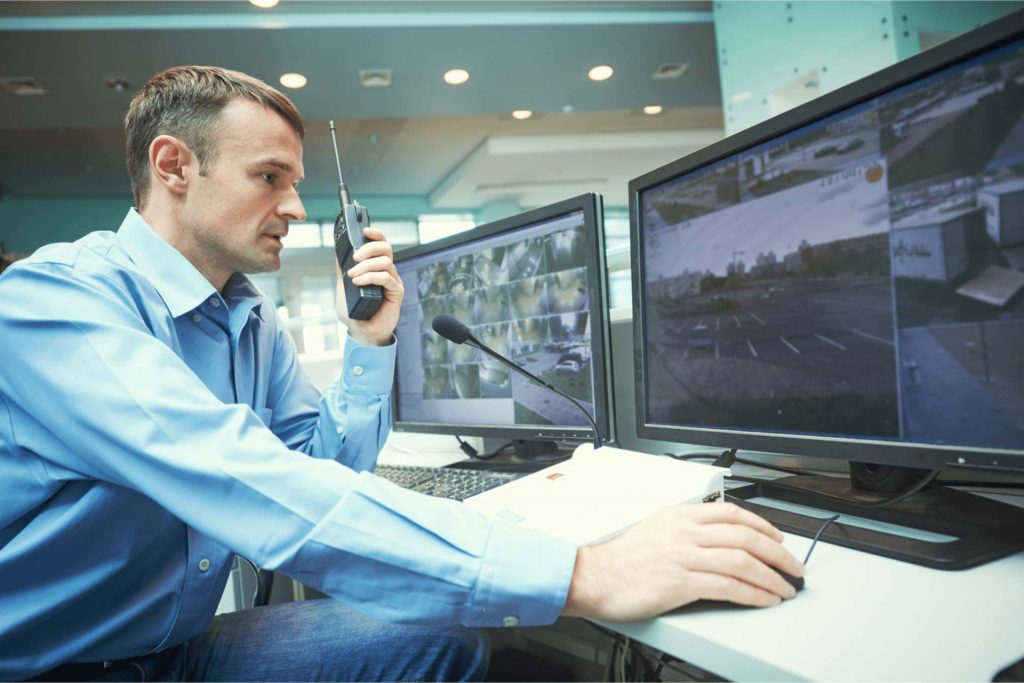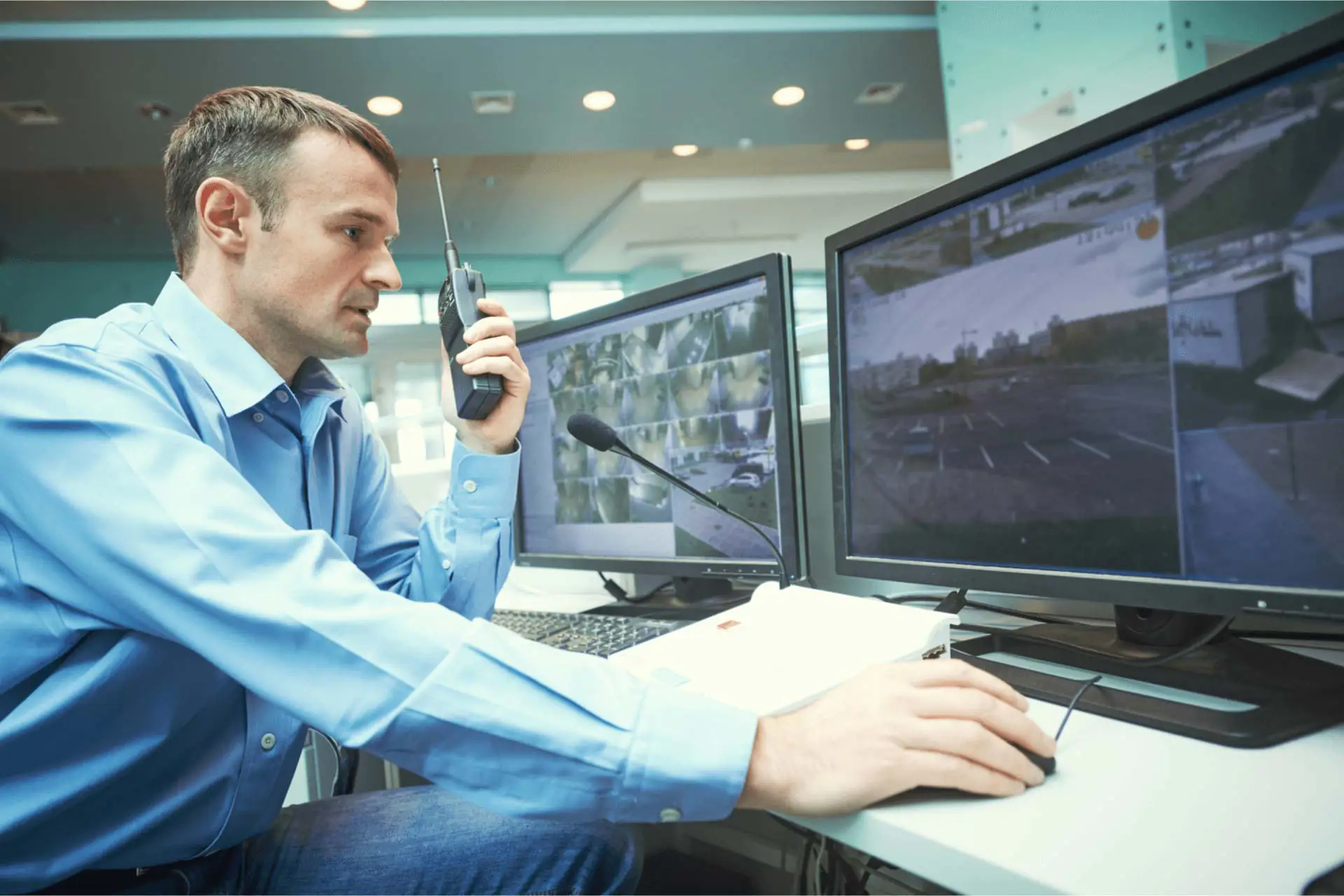Bodycam video is the ultimate tool to provide training for new officers based on real-life scenarios. It’s also a cost-effective method that fellow police officers can use to ensure a complete understanding of how to act through delicate situations while on duty.

One Tool with Many Benefits
The implementation of body-worn cameras has provided law enforcement agencies with a wide array of critical opportunities while bringing about new potential benefits such as:
- Increased public confidence in local and national policing.
- A significant decrease in complaints and allegations made against law enforcement.
- Early guilty pleas are more common due to video evidence, reducing judicial costs.
- De-escalation of anti-social behavior.
- Fewer assaults on police officers.
- Less time spent on paperwork.
- Improves skills as a result of training in real-life scenarios.

Learning through experienced lenses
The examination of BWC video footage is the fundamental step toward the long-term success of a BWC program at any level. The people in leadership roles must acknowledge its value to ensure ongoing commitment down the chain of command to reach the rookies. Otherwise, protocols won’t encourage the use of BWC, resulting in a wasted learning opportunity.
It’s not just reviewing BWC footage but creating a system that allows for implementation consistent with current protocols while effectively attending to the department’s needs.
As with any new gadget, it is crucial to have solid arguments that can convince early and late adopters. Below are a few reasons why your department should implement BWC-based training:
- Education for future decision-making.
- Objectively point out positive and negative citizen encounters.
- Officers learn from each other, setting good precedents among them.
- Cost-effective method for tactical education.
Footage review sessions should be a training requirement to use BWC systems’ capabilities fully, thus helping long-term funding sustainability in case departments experience budget reductions. In this case, it will be easier for the department to request continuous funding from city management, given that the department will be able to show proof of its benefits.

How to start your program
Implementation in a police department requires a systematic approach. Reviewing BWC footage becomes an integral part of an officer’s routine, especially when a senior member of the force is training an inexperienced colleague.
Below are five steps for setting the ground for a successful training program:
- Establish a video footage review process, and determine if it will be independent or reviewed as a group, or even a combination of both.
- Grant full access to a designated viewing room or web portal.
- Provide a date-stamped or sign-in sheet that serves as electronic documentation that an officer must sign if they successfully reviewed BWC footage.
- Keeping a record or a log database will be essential for future auditing purposes.
- Be consistent with the frequency established, whether daily, weekly, monthly, or after a significant incident.
Five creative ideas to maximize BWC video footage review training
After implementation of a careful BWC review process, proper lobbying of the benefits within the agency, and all the conditions to begin training, it is time to put into action these five creative ideas to maximize BWC-based training:
- Create categories and align them with specific learning topics. These categories can be tactics; for instance, the agency may have officers watch BWC footage demonstrating successful de-escalation techniques.
- Discuss and re-enact situations after reviewing the footage as a group. Having a collective appreciation of the content can provide valuable insight.
- Quiz officers before and after watching the BWC footage. Quizzes will validate the knowledge acquired during these sessions.
- Explore different scenarios, BWC footage can be repetitive, and the key to maintaining a fresh approach is diversity. Every call is a new case study. Showing multiple methods will shift the spotlight in the group, allowing for a more relaxed learning environment.
- Involve officers in creating learning lessons or developing a report. It all comes down to the expertise of law enforcement officials when repeating a successful program.
Conclusion
One may find resistance to adapting in the department, so keep the ultimate goal in the collective mind: Provide training for new officers based on real-life scenarios. A straightforward narrative will bring support and proper funding from the administration. Explore the BWC technology that suits your department’s needs, and follow the recommendations above to run a successful training program.
This article was brought to you by Kustom Signals, a leading provider of law enforcement, speed enforcement, and video solutions.

